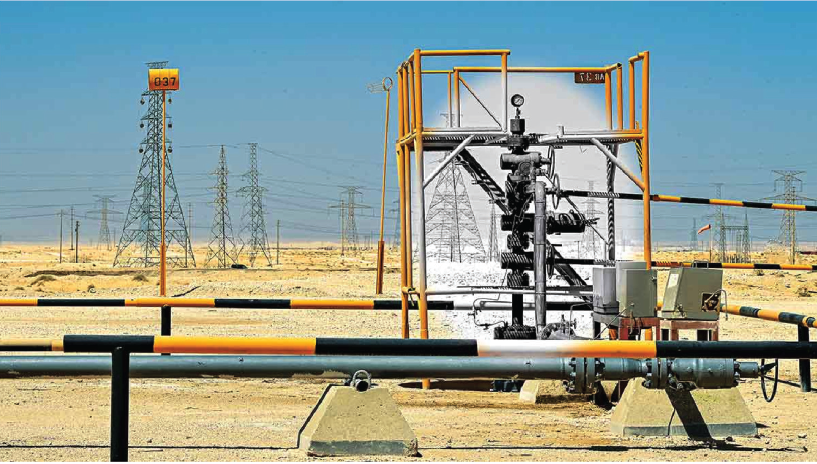As valve operators, end users develop their own standards and regulations to ensure valves are complying with international best practices as well as raise the bar for the required minimum of optimum design versus product quality to ensure they are ready to operate and function.
By Mohanned Waleed Tarabzouni, Piping and Valves Engineer, Pipeline Technical Support Division – Saudi Aramco
Valves are significant components of an operating facility where isolation is required. They are required to be carefully selected and specified to be suitable for its intended function and purpose. This includes complying with the listed international standards and best practices in addition to developing internal codes or specifications to suit each organization’s application and systems.
Design Specifications
For example, Aramco, as a major energy company, has a structured internal set of standards, procedures, and forms to serve as minimum requirements for specifying valves. These codes regulate specifications that address many aspects including but not limited to:
- Design
- Service
- Material selection
- Testing
- Inspection
The requirements of these developed codes vary for the service, application, and facility function. Several factors dictate requirements that evaluate pressure, temperature, fluid type, and other risk factors.

Service Requirements
Service requirements mandated in Aramco’s codes, for example, include applications such as sour hydrocarbons, high temperatures, corrosive brine products, and so forth. These requirements include the following:

- Subsea or underwater valves shall be of ball design and class 300 as a minimum with ring joint connection.
- Clean dry gases can be equipped with soft seated valves with double block and bleed features.
- Gas flare systems shall have gate, ball, or triple offset butterfly valves only.
- Isolation valves shall be fire tested and design verified.
- Any drain or vent shall be capped with a plug or blind.
- Pig trap main valves shall be of DIB-2 seat configuration and of through-conduit gate or ball valves only.
- Additionally, trim material for pig trap valves shall be duplex stainless steel with seat pockets overlaid with Inconel 625.
- Blowdown or kicker applications shall have lubricated plug valves.
- Instrument isolation valves shall be of API 602 gate valves.
The above listed shows a small number of several guidelines and requirements for service specifications listed as internal company standards. These are being revised, updated, and upgraded based on lessons learned and project experiences to ensure all valves are properly specified, selected, and designed.
Design Requirements
Additionally, some design requirements are specified to ensure the proper selection of the valve type, design, material, and configuration. This includes the following:

- Installation of gate valves with horizontal or below orientation needs to be in clean service or utility applications to prevent blockage of the flow line.
- All threaded connections of valve bodies such as drain and vent shall be seal welded.
- Self-locked handles shall be provided for lever operated valves.
- Non-slam check valves shall be selected for rotating equipment discharge lines.
- Wafer type check valves are not permitted in hydrocarbon services.
Design requirements are typically specified for each facility during project planning and design review to ensure the full understanding of the process and flow parameters as well as any additional requirements. Operations and maintenance best practices are always introduced to ensure past experiences have been addressed and logged.
In conclusion, end users require and build their specifications in alignment with international bodies and groups such as ASME, API, BS, IOGP, and more. These combined ensure that the minimum required specifications are met to guarantee safe and smooth operations of the facility and its assets.



